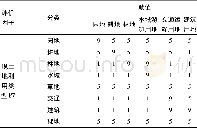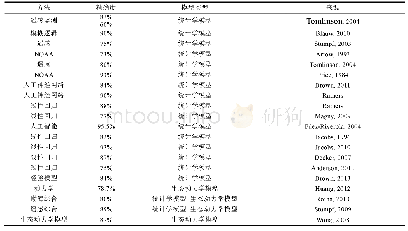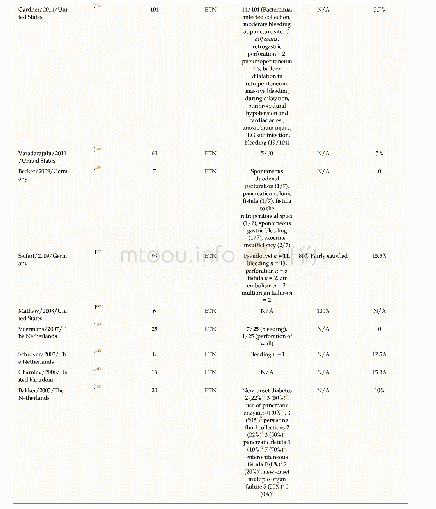《Table 1 Search strategy of the current systematic review》
 提示:宽带有限、当前游客访问压缩模式
提示:宽带有限、当前游客访问压缩模式
本系列图表出处文件名:随高清版一同展现
《Long-term clinical performance of flapless implant surgery compared to the conventional approach with flap elevation: A systematic review and meta-analysis》
The long-term clinical performance after the flapless implant technique was mainly assessed using the implant survival rate,marginal bone loss,and complication rate over a follow-up of three years or more.The events of implant failure/survival at the endpoint of follow-up were identified in accordance with the criteria specified in individual studies and the proportion of remaining implants in the oral cavity was calculated to establish the implant survival rate.Digital periapical radiographs were obtained in some studies immediately after implant placement and at follow-up visits Peri-implant marginal bone loss(i.e.,marginal bone resorption)over the follow-up was measured on the radiographs and generally reported with a mean and a standard deviation(SD),where the negative value was noted for bone gain.Marginal bone loss could also be calculated using the marginal bone levels at the baseline and follow-up visits[19].The events of biological(i.e.,peri-implant mucosa,peri-implantitis,or suppuration)and technical(i.e.,abutment-screw fracture,abutment loosening,crown debonding,or crown chipping)complications recorded in some studies were also obtained to calculate the complication rate.Other measures,such as the changes in Pocket Probing Depth,Plaque Index,and Gingival Index over a follow-up of at least three years,were also used in some studies to describe the long-term clinical performance of patients after flapless and conventional implant surgery.
| 图表编号 | XD00135806100 严禁用于非法目的 |
|---|---|
| 绘制时间 | 2020.03.26 |
| 作者 | He Cai、Xing Liang、Dong-Yuan Sun、Jun-Yu Chen |
| 绘制单位 | Department of Prosthodontics, State Key Laboratory of Oral Diseases, National Clinical Research Center for Oral Diseases, West China Hospital of Stomatology, Sichuan University、Botnar Research Centre, University of Oxford、Department of Prosthodontics, Sta |
| 更多格式 | 高清、无水印(增值服务) |


![Table 2 Scheme of the strategy transformation regionalization for Ningxia ACD[16]](http://bookimg.mtoou.info/tubiao/gif/QQSJ201902008_06100.gif)


